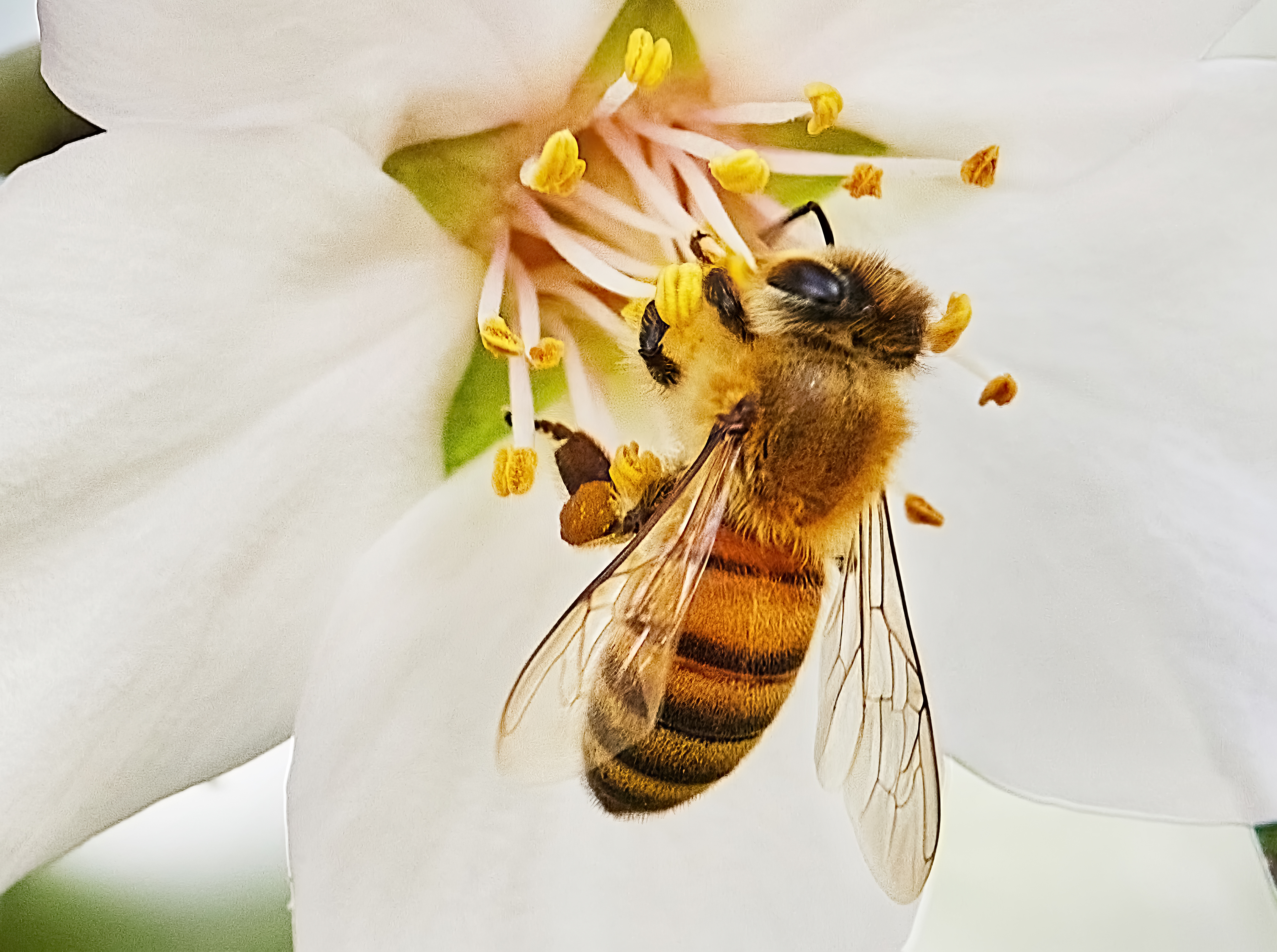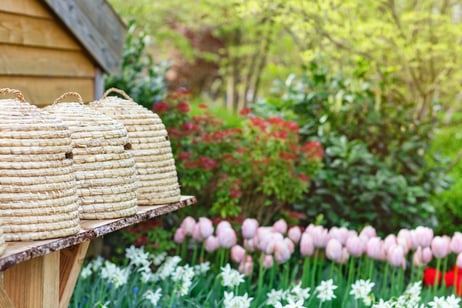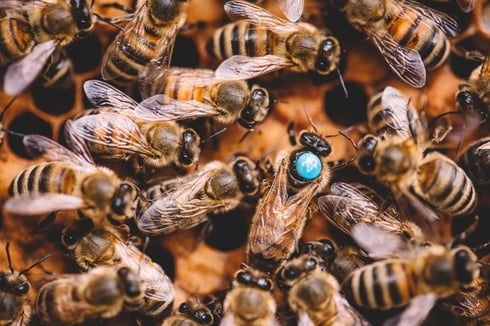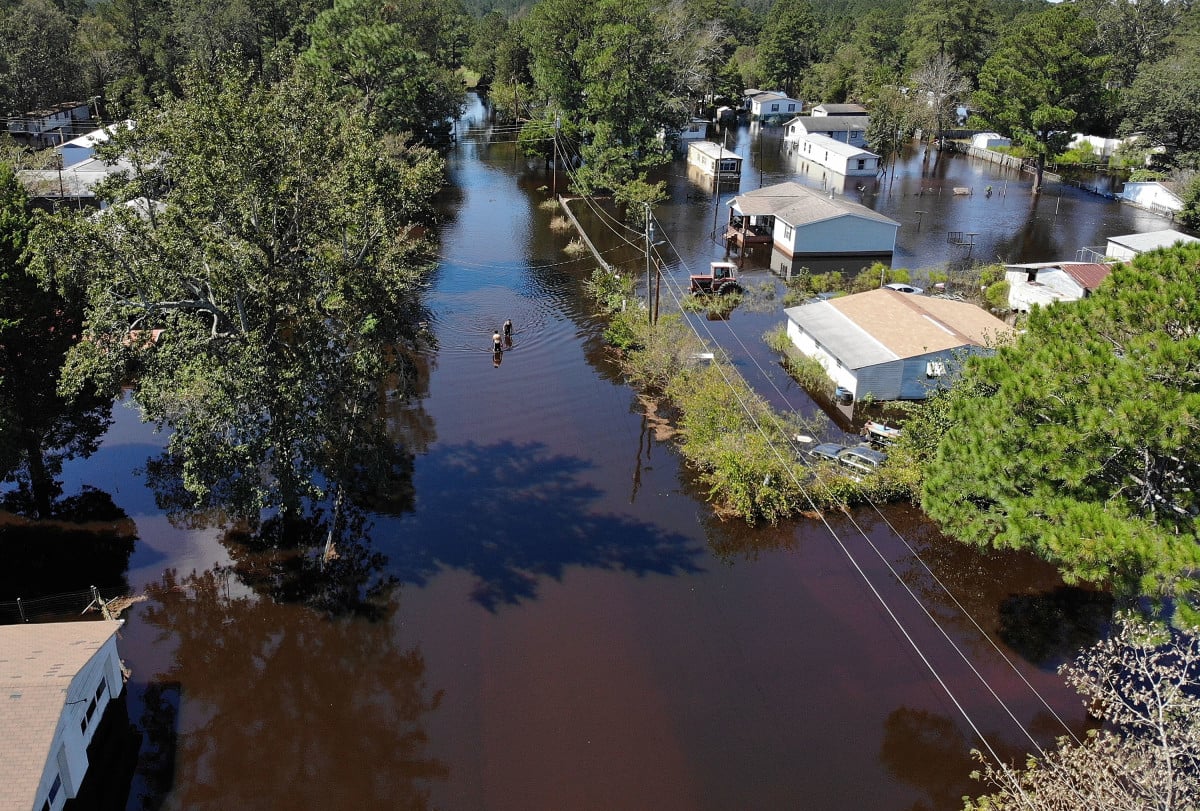Attracting Honey Bees: The Best Flowers to Plant

Discover the top flowers that will attract honey bees to your garden and help support these important pollinators.
Understanding the importance of honey bees
Honey bees play a crucial role in our ecosystem as pollinators. They help in the reproduction of flowering plants by transferring pollen from the male parts (anthers) to the female parts (stigmas) of flowers. This process is essential for the production of fruits, vegetables, and seeds. Without honey bees, many of our favorite foods and plants would not exist.
Not only do honey bees contribute to our food supply, but they also support biodiversity. By pollinating a wide variety of plants, honey bees help maintain healthy ecosystems and provide food and habitats for other wildlife. They are a keystone species, meaning that their presence has a significant impact on the balance and functioning of the entire ecosystem.
Unfortunately, honey bees face numerous threats, including habitat loss, pesticide exposure, diseases, and climate change. It is crucial for us to create bee-friendly environments to support their population and ensure the health of our ecosystems.
 Selecting the right flowers for honey bees
Selecting the right flowers for honey bees
When it comes to attracting honey bees to your garden, choosing the right flowers is key. Honey bees are drawn to flowers that provide them with ample nectar and pollen. Here are some of the best flowers to plant in your garden to attract honey bees:
- Lavender: Honey bees are highly attracted to the fragrant blooms of lavender. Planting lavender in your garden will not only attract honey bees but also add beauty and a lovely aroma to your outdoor space.
- Sunflowers: These vibrant and cheerful flowers are a favorite of honey bees. The large, open blooms of sunflowers provide easy access to nectar and pollen for the bees.
- Cosmos: With their daisy-like flowers in shades of pink, white, and purple, cosmos are a great choice for attracting honey bees. These flowers are low-maintenance and will bloom throughout the summer.
- Bee Balm: As the name suggests, bee balm is a magnet for bees. Its tubular flowers, available in various colors, are rich in nectar and attract not only honey bees but also other pollinators like butterflies and hummingbirds.
- Borage: Borage flowers are not only beautiful but also highly attractive to honey bees. The blue, star-shaped blooms produce abundant nectar, making them a favorite of these pollinators.
By incorporating these flowers into your garden, you can create a vibrant and bee-friendly environment that will entice honey bees to visit and help support their population.
Creating a bee-friendly garden environment
In addition to planting honey bee-friendly flowers, there are other steps you can take to create a bee-friendly garden environment:
- Provide a water source: Honey bees need access to water, especially during hot and dry periods. Place a shallow dish filled with water in your garden to provide a drinking spot for the bees.
- Avoid pesticides: Chemical pesticides can be harmful to honey bees and other pollinators. Instead, opt for natural pest control methods or use organic products that are safe for bees. Even if you use bee-friendly pesticides, use them after sunset when bees are no longer active.
- Create shelter: Honey bees need shelter to protect their hives. You can provide nesting sites for bees by leaving some areas of your garden undisturbed, such as patches of bare ground or dead tree branches.
- Plant a variety of flowers: Different flowers bloom at different times of the year. By planting a variety of flowers that bloom throughout the seasons, you can ensure a continuous food source for honey bees.
By implementing these strategies, you can make your garden a welcoming and safe space for honey bees, allowing them to thrive and contribute to the health of the ecosystem.
 Tips for maintaining a bee-friendly garden
Tips for maintaining a bee-friendly garden
Once you have created a bee-friendly garden, it is important to maintain it to ensure its effectiveness in attracting and supporting honey bees. Here are some tips for maintaining a bee-friendly garden:
- Regularly water your flowers: Adequate moisture is essential for the health and vitality of flowers. Make sure to water your garden regularly, especially during dry spells.
- Remove invasive plants: Invasive plants can outcompete native flowers and disrupt the balance of the ecosystem. Identify and remove any invasive plants from your garden to create more space for honey bee-friendly flowers.
- Provide nesting materials: Honey bees use various materials, such as mud and plant fibers, to build their nests. You can help them by leaving small piles of twigs, leaves, and mud in your garden for them to use as nesting materials.
- Practice sustainable gardening: Embrace sustainable gardening practices, such as composting, using organic fertilizers, and conserving water. These practices not only benefit honey bees but also contribute to a healthier environment.
By following these tips, you can ensure that your bee-friendly garden continues to provide a favorable habitat for honey bees and other beneficial insects.
 Additional ways to support honey bees
Additional ways to support honey bees
In addition to creating a bee-friendly garden, there are other ways you can support honey bees and contribute to their conservation:
- Educate others: Spread awareness about the importance of honey bees and the threats they face. Encourage others to create bee-friendly environments and avoid the use of harmful pesticides.
- Support local beekeepers: Purchase honey and other bee products from local beekeepers. By doing so, you support their efforts in maintaining healthy honey bee populations.
- Get involved in bee conservation organizations: Join local or national bee conservation organizations and participate in their activities. These organizations often provide educational resources and opportunities for hands-on involvement in honey bee conservation projects.
- Plant trees: Trees provide valuable habitat and food sources for honey bees. Consider planting trees native to your region in your garden or supporting tree-planting initiatives in your community.
By taking these additional steps, you can make a significant impact in supporting honey bees and ensuring their continued presence in our ecosystems.


